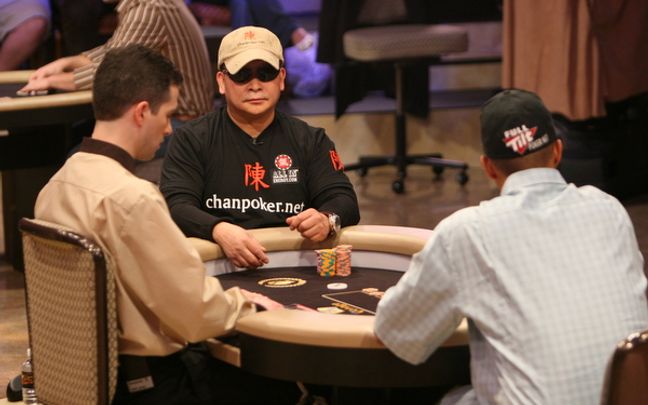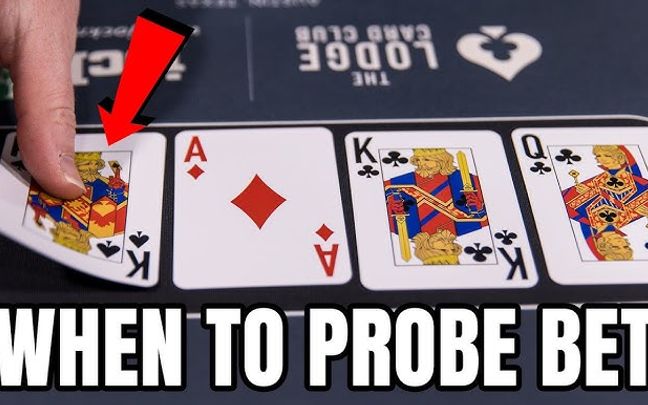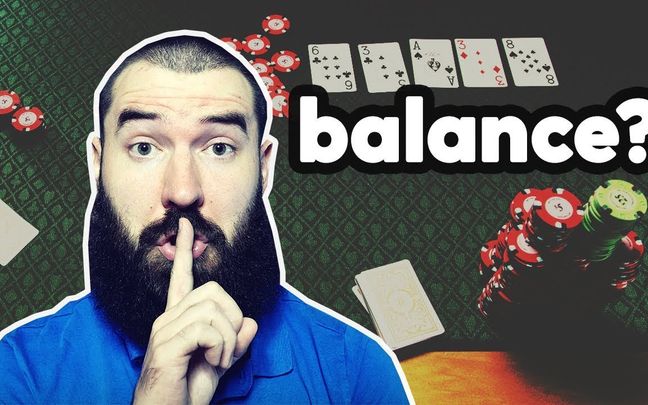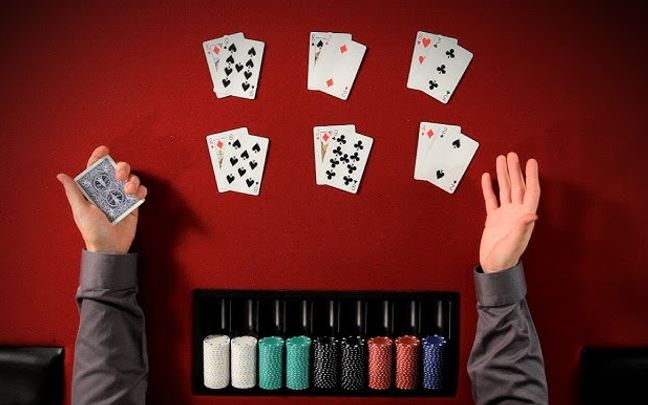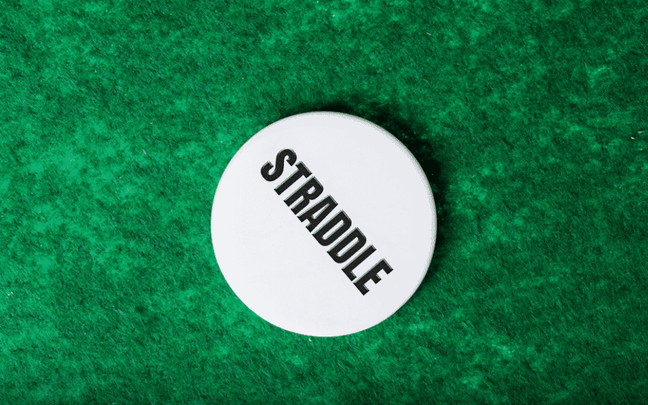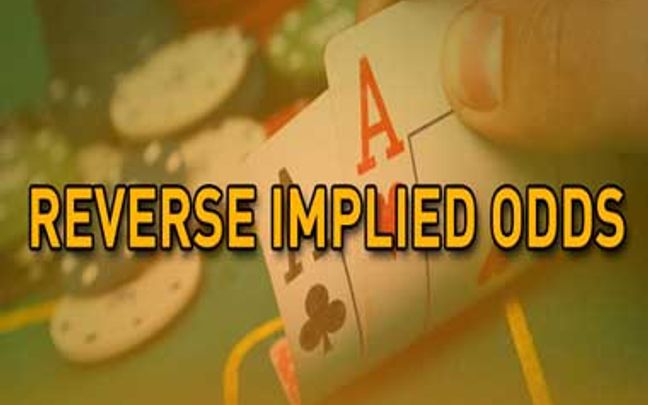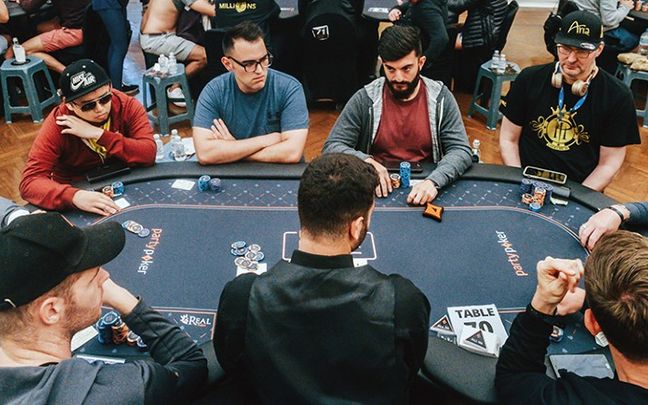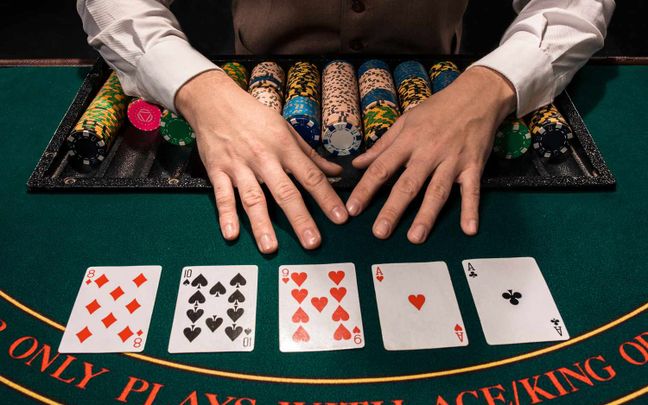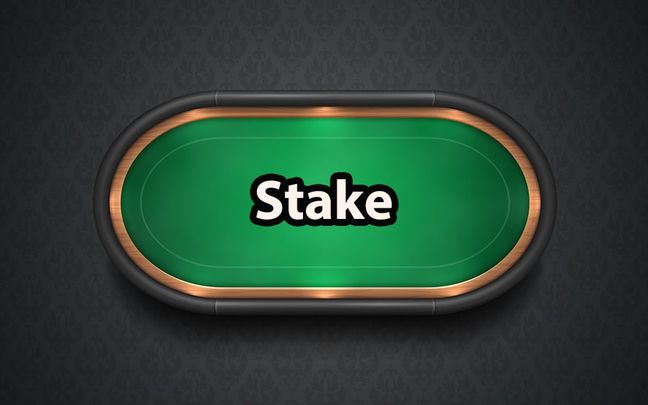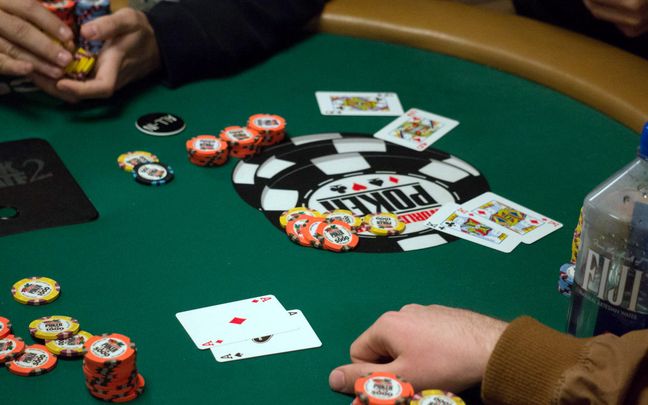Position in poker is a crucial factor that influences your strategies, from deciding bets to executing bluffs. Position not only determines the order of actions but also provides important information to make tactical decisions. This article helps you understand the role of position in poker, as well as how to use it to optimize your strategy and enhance your chances of winning.

Position in poker determines the order of your actions in each betting round.
The Importance of Position in Poker
Position in poker is one of the most important factors to master to become a successful player. Understanding and leveraging position can help you make more accurate decisions, control the game better, and maximize your profit from each hand. Position in poker is determined by the player's location relative to the dealer. Positions are categorized into three main groups: Early Position, Middle Position, and Late Position. The player closest to the dealer is considered to be in the Late Position and has the greatest advantage. Conversely, players in the Early Position, sitting close to the small blind and big blind, are considered to be in the weakest positions.

Position in poker significantly affects the effectiveness of bluffing.
Strategy Based on Position in Poker
Position in poker determines the order in which you will act in each betting round. Players in Late Position have a significant advantage because they can observe how other players have acted before making their own decision. This allows Late Position players to make decisions based on more information, including assessing the strength of opponents and adjusting their strategy accordingly.
Advantages of Late Position
Late Position offers several benefits. Firstly, you can make decisions last after seeing all the actions of your opponents. This allows you to control the size of the pot, know when to bluff, and when to make a continuation bet. You can also more easily control opponents by using your position to put them in difficult situations.
Early Position and Its Limitations
In Early Position, you must act before most of your opponents, which carries more risks. You do not know what the players after you will do, making decisions more challenging. For example, if you have a mediocre hand, deciding whether to bet is difficult when you do not know if the opponents following you have strong or weak hands. For this reason, players in Early Position often need to be more cautious and play only strong hands.
Your strategy needs to be adjusted based on your position in each hand. In Late Position, you can widen your range of hands, participate in more pots, and use your position to apply pressure on opponents. Meanwhile, in Early Position, you should play more conservatively, entering pots only with truly strong hands and avoiding difficult situations.

Position in poker provides crucial information about the strength of your opponents' hands.
How Position Affects Bluffing in Poker
Position in poker plays a crucial role in executing a bluffing strategy (deceiving opponents by pretending to have a stronger hand than you actually do). Bluffing is a skill that requires subtlety, and your position at the poker table significantly impacts the effectiveness of this strategy. Here is a detailed analysis of how position affects bluffing and the factors to consider when using this technique.
Position and Information Control
In poker, players in Late Positions have a significant advantage in terms of information. When you act last, you have the opportunity to observe how other players have acted before making your decision. This means you can make bluffing decisions based on more complete information compared to opponents in Early Positions. If the players before you have only checked or made small bets, this may indicate they have weak hands, providing a good opportunity for you to bluff.
Bluffing from Early Position
Bluffing from Early Position is challenging because you must act without knowing what the opponents will do. When you bluff from Early Position, you have less information about your opponents' hands, making your decision riskier. If you bluff but an opponent has a strong hand and raises, you could find yourself in a tough spot and may have to fold, losing a significant amount of chips. For this reason, bluffing from Early Position is less common and typically used only when you have clear indications that opponents will fold.
Bluffing from Middle Position
In Middle Position, you have a slight advantage compared to Early Position but not as much as in Late Position. Bluffing from this position requires caution because you may have observed the actions of some opponents but not all. It is important to consider how opponents in Late Position will react, as they have information advantage and may use their position to counter your bluff.
Bluffing from Late Position
Late Position, especially on the Button or Cutoff, is the ideal position for bluffing. In this position, you have information about all the actions of the previous players, which helps you assess the situation more accurately. If everyone checks or makes small bets, you can make a bluff with the hope that opponents will fold. Additionally, if your opponents have shown weakness, a strong bluff from Late Position can make them believe you have a strong hand and force them to fold.
Bluffing in Specific Situations
-
Stealing Blinds: Late Position is a good time to try to steal blinds, especially if you are sitting on the Button or Cutoff. In this situation, if everyone before you has folded, you can bet with a weak hand to steal chips from the small blind and big blind.
-
Semi-Bluff: Another form of bluffing is the semi-bluff, where you bluff with a hand that has the potential to improve to a strong hand later (e.g., flush draw or straight draw). Late Position makes semi-bluffing more effective because you can use information from opponents' actions to decide whether to continue bluffing if the next card does not improve your hand.
Psychological Advantage When Bluffing from Late Position
Bluffing from Late Position not only provides strategic advantages but also offers psychological benefits. When opponents see you acting last and making large bets, they may feel pressured and believe you have a strong hand. This can make them play more defensively and easier for you to push them out of the hand with your bluffs.
Controlling Pot Size When Bluffing
Position in poker also helps you control the size of the pot when bluffing. If you are in Late Position, you can adjust the number of chips you put into the pot depending on how opponents react. This helps you minimize risks when bluffing while maximizing benefits if the bluff is successful.
Recognizing When Not to Bluff
Although Late Position offers many advantages for bluffing, it is important to recognize when not to bluff. If you notice that opponents have acted strongly and may have strong hands, or if the opponent is unpredictable and tends to call bets regardless of the situation, bluffing can become risky and counterproductive. Late Position helps you have a better overall view to make this decision.
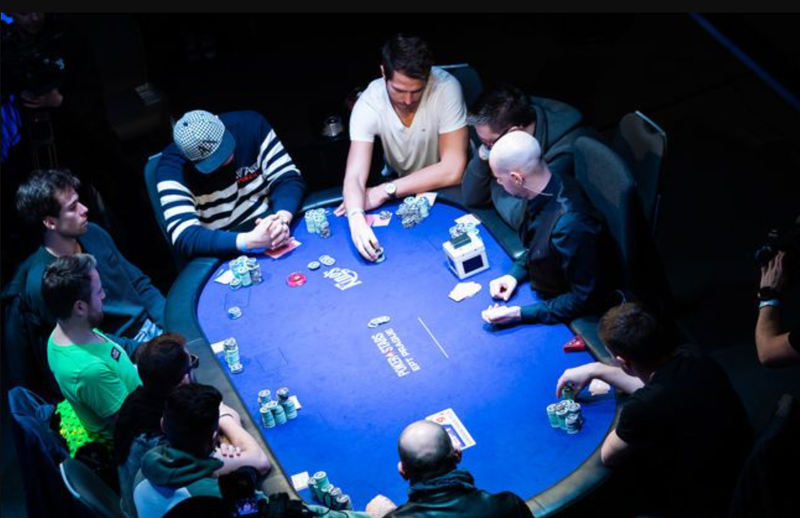
Position in poker is a key factor in optimizing your playing strategies.
In summary, position in poker profoundly affects all strategies in the game, from deciding whether to play or fold to betting, raising, or calling. Understanding and leveraging position is crucial to optimizing your strategies, enhancing your chances of winning, and achieving long-term success in poker.

